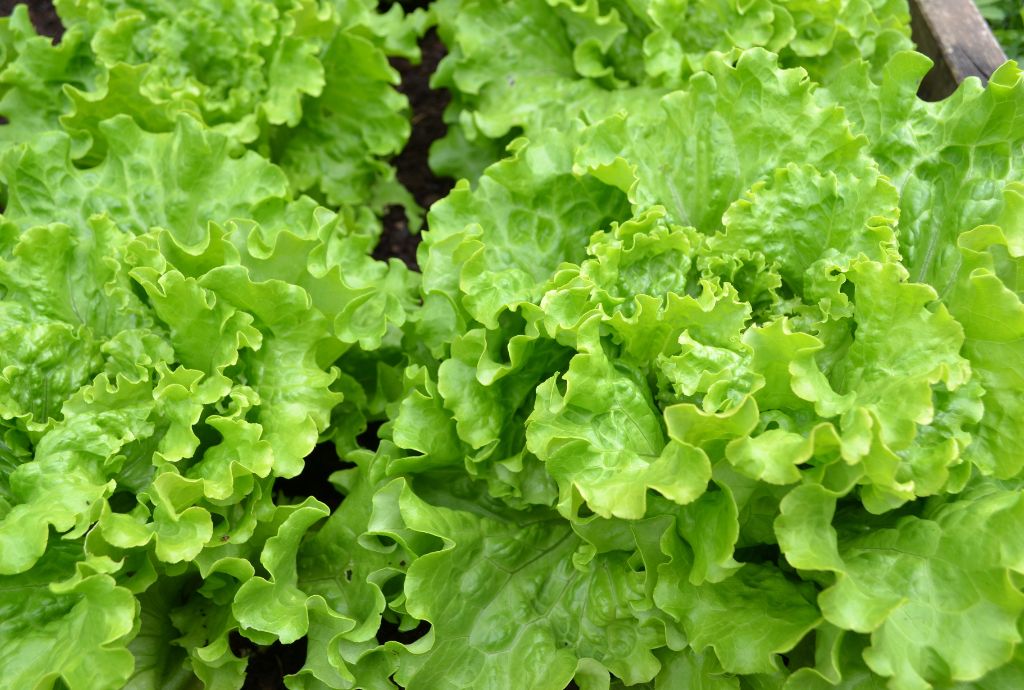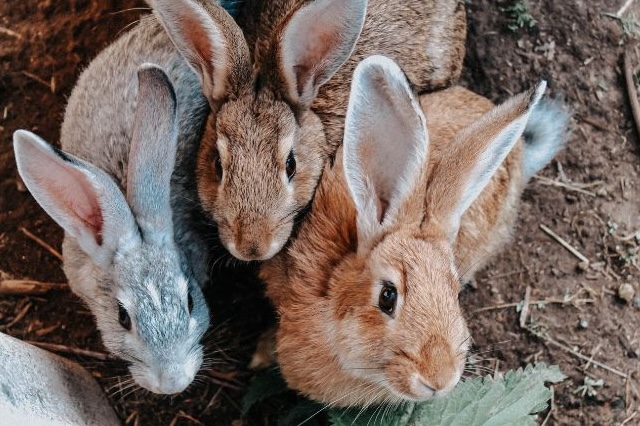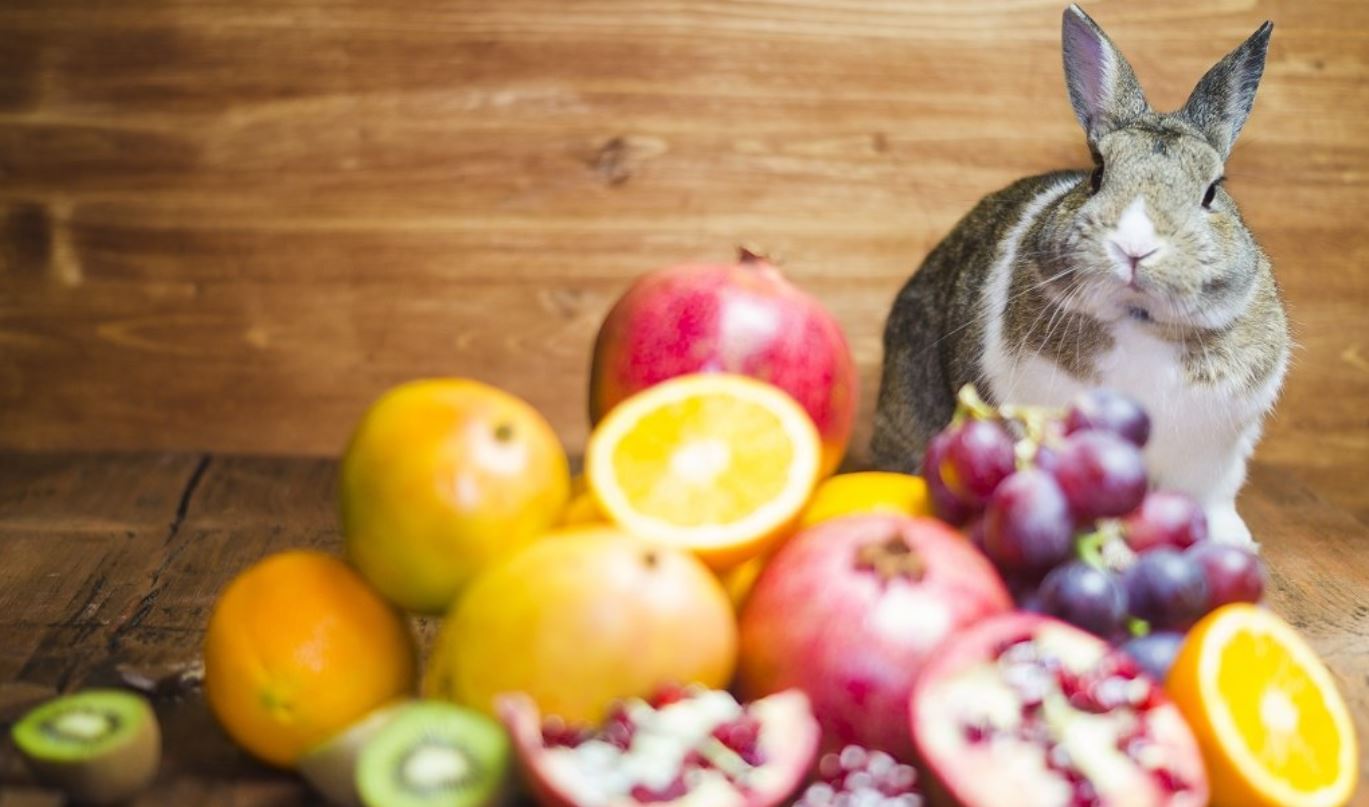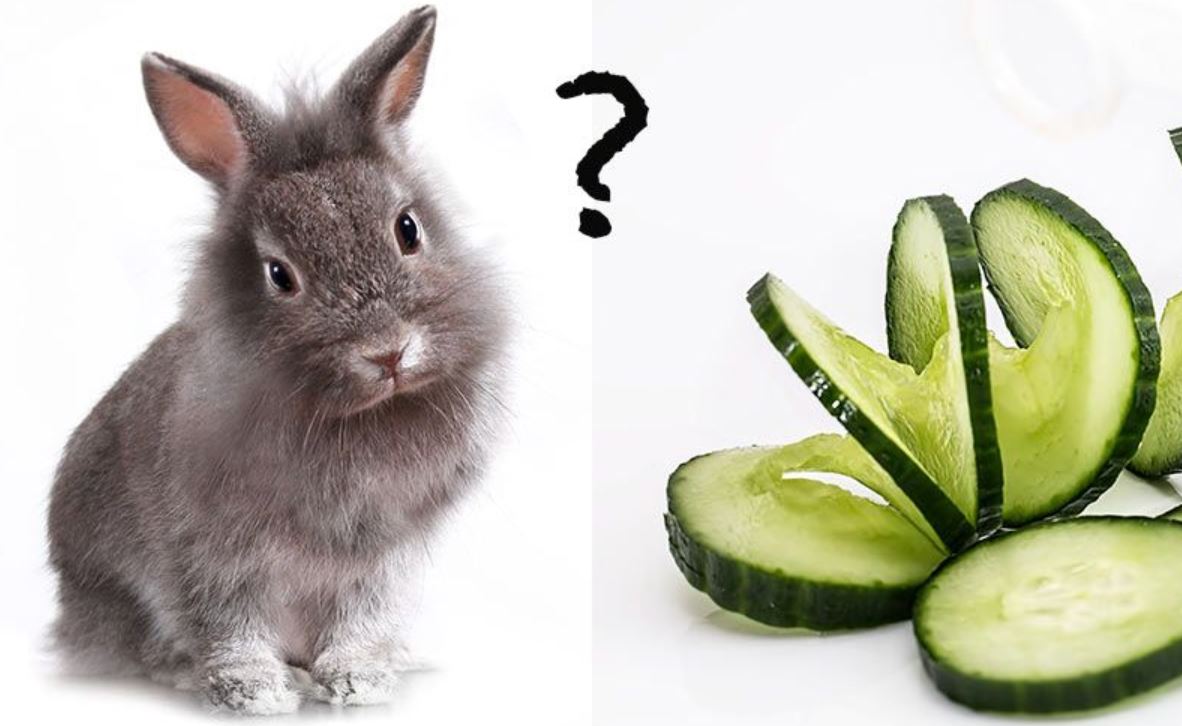
When considering the diet of your rabbit, it’s natural to wonder, “Can rabbits eat lettuce?” This common vegetable often finds its way into our salads and meals, but is it safe and healthy for our furry friends? In this detailed article, we will explore the various types of lettuce, their nutritional value, and the potential benefits and risks of including them in your rabbit’s diet.
Rabbits have a delicate digestive system that requires careful management to maintain their health. Understanding the specific needs of your rabbit is crucial in ensuring they receive a balanced diet. So, can rabbits eat lettuce? The answer is not as straightforward as it may seem. While some types of lettuce can be a healthy addition to their diet, others might pose risks. Let’s delve deeper into the topic to provide a clear understanding.
Table of Contents
The Nutritional Value of Lettuce
Lettuce comes in various types, each with its own nutritional profile. Generally, lettuce is low in calories and contains a high water content. Here are some common types of lettuce and their nutritional benefits:
Romaine Lettuce
Romaine lettuce is often considered one of the healthier options for rabbits. It is rich in vitamins A, C, and K, as well as fiber and folate. The high fiber content is particularly beneficial for a rabbit’s digestive system, helping to maintain regular bowel movements and prevent gastrointestinal issues. The presence of vitamin A supports eye health and immune function, while vitamin K is essential for proper blood clotting.
Butterhead Lettuce
Butterhead lettuce, which includes varieties like Boston and Bibb lettuce, is another good option for rabbits. It has a slightly higher nutrient content compared to iceberg lettuce and is generally well-received by rabbits due to its soft texture and mild flavor. Butterhead lettuce provides a moderate amount of fiber and essential vitamins, making it a decent choice for your rabbit’s diet.
Iceberg Lettuce
Iceberg lettuce, on the other hand, is less nutritious compared to romaine. It has a higher water content but lacks significant amounts of vitamins and minerals. While not toxic, iceberg lettuce offers minimal nutritional benefits and should be fed to rabbits sparingly. Overconsumption of iceberg lettuce can lead to digestive disturbances due to its low fiber and high water content.
Leaf Lettuce
Leaf lettuce, which includes green leaf and red leaf varieties, offers a balanced mix of nutrients. It is lower in calories but provides a good amount of vitamins A and K, as well as some fiber. Leaf lettuce can be a beneficial addition to your rabbit’s diet when fed in moderation.
Potential Risks of Feeding Lettuce to Rabbits
While some lettuces can be a healthy addition to a rabbit’s diet, there are potential risks that owners should be aware of.
High Water Content
Lettuce, particularly iceberg, has a high water content that can lead to digestive disturbances if fed in large quantities. Rabbits require a diet that is rich in fiber and relatively low in water to maintain healthy digestion. Excessive water intake from foods like iceberg lettuce can cause diarrhea and dehydration.
Lactucarium Concerns
Certain types of lettuce, such as wild lettuce, contain lactucarium, a milky fluid that can be harmful to rabbits if ingested in large amounts. Lactucarium can cause lethargy and other health issues in rabbits. Although domesticated varieties like romaine and leaf lettuce contain much lower levels of lactucarium, it’s still important to monitor the quantity and type of lettuce fed to your rabbit.
Pesticides and Contaminants
Lettuce, like many other leafy greens, can be contaminated with pesticides and other harmful chemicals. Always wash lettuce thoroughly before feeding it to your rabbit, and consider opting for organic varieties to reduce the risk of exposure to pesticides.
Best Practices for Feeding Lettuce to Rabbits
When introducing lettuce to your rabbit’s diet, it’s essential to do so gradually and in moderation. Here are some tips to ensure your rabbit enjoys the benefits of lettuce without any adverse effects:
Gradual Introduction
Start by offering small amounts of lettuce to your rabbit and observe for any signs of digestive upset. Gradually increase the amount if your rabbit shows no adverse reactions. This gradual approach helps your rabbit’s digestive system adjust to the new food and minimizes the risk of gastrointestinal disturbances.
Mixing with Other Vegetables
Combine lettuce with other leafy greens such as kale, spinach, and parsley to provide a well-rounded diet. This variety ensures that your rabbit receives a wide range of nutrients necessary for optimal health. Each type of vegetable offers different vitamins and minerals, contributing to a balanced and nutritious diet.
Monitoring Rabbit’s Health

Keep a close eye on your rabbit’s health and behavior after introducing lettuce into their diet. Look for signs of digestive issues, such as changes in stool consistency or appetite. If any adverse reactions occur, reduce the amount of lettuce or discontinue it altogether.
Portion Control
Feed lettuce in moderation, ensuring it does not make up the bulk of your rabbit’s diet. A general guideline is to provide no more than a handful of lettuce per feeding, alongside other fresh vegetables and hay.
How to Properly Introduce Lettuce into Your Rabbit’s Diet
Proper introduction of lettuce into your rabbit’s diet is crucial to avoid any potential digestive issues. Here’s a step-by-step guide to help you do it right:
Step 1: Choose the Right Type of Lettuce
Start by selecting the appropriate type of lettuce. Romaine, butterhead, and leaf lettuce are generally safe options. Avoid iceberg lettuce due to its low nutritional value and high water content.
Step 2: Wash Thoroughly
Always wash lettuce thoroughly to remove any pesticides, dirt, or contaminants. Even organic lettuce should be washed to ensure it is clean and safe for your rabbit to eat.
Step 3: Start with Small Amounts
Begin by offering your rabbit a small piece of lettuce, about the size of a postage stamp. This allows you to monitor how your rabbit reacts to the new food.
Step 4: Observe Your Rabbit
After feeding the small piece of lettuce, observe your rabbit for any signs of digestive distress such as diarrhea, bloating, or changes in behavior. If your rabbit shows any adverse reactions, discontinue feeding lettuce and consult your veterinarian.
Step 5: Gradually Increase the Amount
If your rabbit shows no signs of discomfort after the initial introduction, you can gradually increase the amount of lettuce over the course of a week. Increase the portion size incrementally, continuing to monitor your rabbit for any signs of digestive issues.
Step 6: Balance with Other Foods
Ensure that lettuce is just one component of a varied diet that includes hay, fresh vegetables, and a small number of pellets. This variety ensures that your rabbit receives a balanced intake of nutrients necessary for their health.
The Role of Lettuce in a Rabbit’s Balanced Diet
Incorporating lettuce into your rabbit’s diet should be done thoughtfully, ensuring it complements other essential dietary components.
Hay as a Staple
Hay should make up the majority of your rabbit’s diet. It provides the necessary fiber to support digestive health and helps wear down their continuously growing teeth. Fresh, high-quality timothy hay or meadow hay is recommended.
Fresh Vegetables
Alongside lettuce, other fresh vegetables should be included in your rabbit’s diet. Leafy greens such as kale, spinach, and parsley are excellent choices, as they provide a wide range of vitamins and minerals.
Pellets
High-quality rabbit pellets can be included in small quantities. They offer a concentrated source of essential nutrients, but should not be the primary component of the diet.
Fresh Water
Always provide your rabbit with access to fresh water. Hydration is vital for their overall health and well-being.
Monitoring and Adjusting Your Rabbit’s Diet
Regular monitoring of your rabbit’s health and diet is essential to ensure they remain healthy and happy.
Regular Health Checks
Schedule regular check-ups with your veterinarian to monitor your rabbit’s health. Regular visits can help detect any potential health issues early and ensure your rabbit is on the right diet.
Adjusting Portions
As your rabbit grows and their dietary needs change, adjust the portions of lettuce and other foods accordingly. Keep in mind that younger rabbits have different nutritional requirements compared to adult rabbits.
Observing Behavior and Stool
Keep a close eye on your rabbit’s behavior and stool. Healthy stool should be firm and pellet-like. Any changes in stool consistency can indicate dietary issues and may require adjustments to their diet.
Seasonal Variations
Different seasons might bring variations in the availability and quality of lettuce and other vegetables. Adjust your rabbit’s diet based on seasonal availability while maintaining a balance of nutrients.
Conclusion
Lettuce can be a nutritious and enjoyable part of your rabbit’s diet when introduced and managed correctly. By understanding the types of lettuce suitable for rabbits, recognizing potential risks, and following best practices for feeding, you can ensure your rabbit enjoys the benefits of lettuce without compromising their health. Always consult with a veterinarian for personalized advice and to address any concerns about your rabbit’s diet. With careful planning and monitoring, you can provide a balanced diet that supports your rabbit’s overall health and well-being.
Feeding your rabbit a varied and balanced diet is key to their longevity and happiness. Lettuce, when included thoughtfully, can be a valuable addition to this diet, providing essential nutrients and variety. Your attentive care and informed choices will contribute to a healthy, happy life for your beloved pet rabbit.


